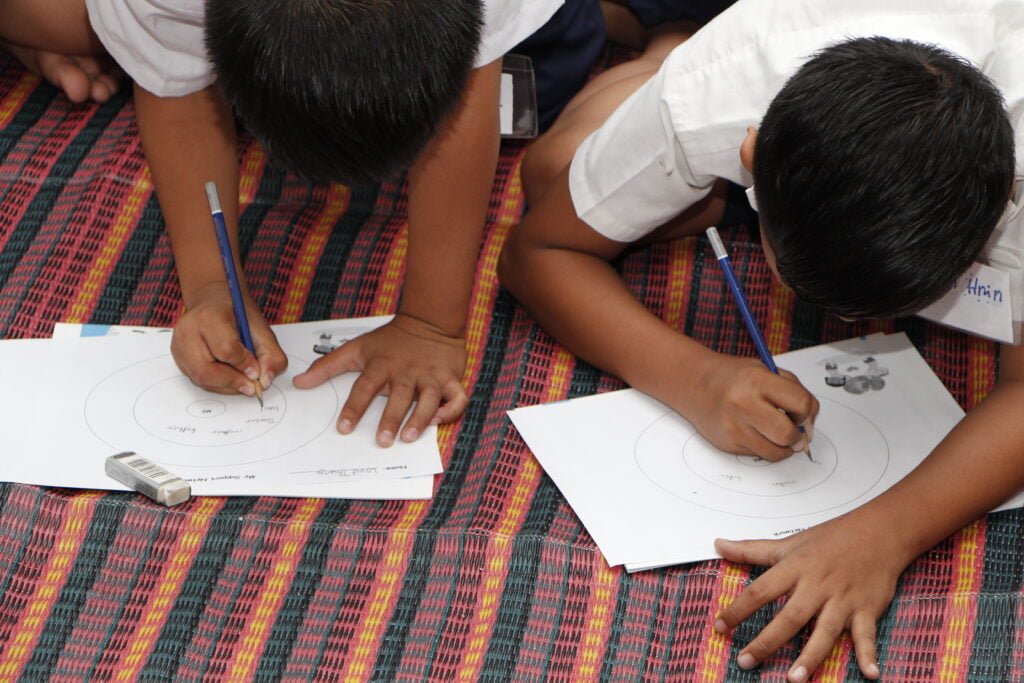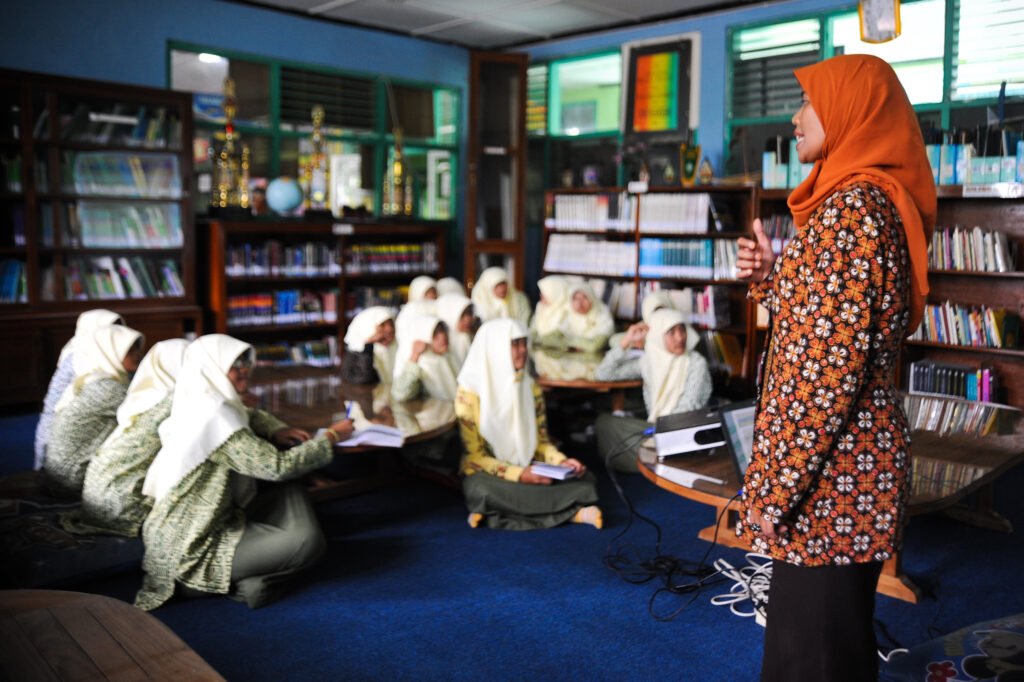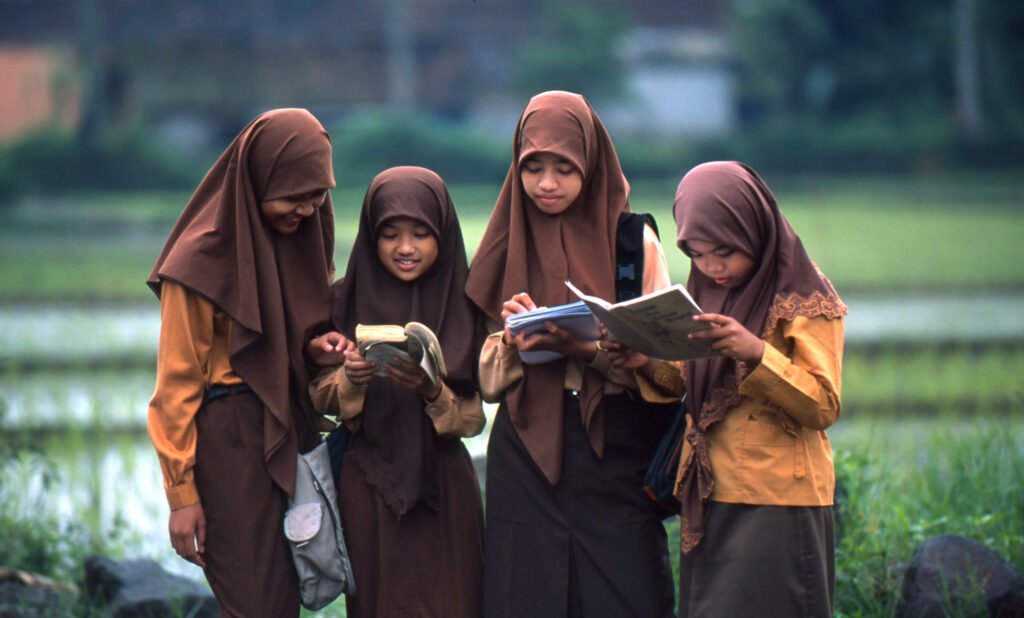We use cookies to improve your experience with Monash. For an optimal experience, we recommend you enable all cookies; alternatively, you can customise which cookies you’re happy for us to use. You may withdraw your consent at any time. To learn more, view our Website Terms and Conditions and Data Protection and Privacy Procedure.
Literacy beyond the classroom
Published on September 8, 2022Literacy begins before school and extends throughout a lifetime. 360info considers ways to support access to literacy outside traditional settings.
Literacy begins before school and extends throughout a lifetime. 360info considers ways to support access to literacy outside traditional settings.
Two years of COVID-19 related disruptions to teaching have taken their toll on literacy around the world.
A recent report from the World Bank found globally, between February 2020 and February 2022, education systems were fully closed for in-person schooling for about 141 days on average. The end result has been what UNICEF Chief of Education Robert Jenkins says is “a nearly insurmountable scale of loss to children’s schooling”.
The loss to learning has been felt even in countries with high access to the internet and higher levels of digital skills among the teaching force, but for children in low and middle-income countries the impact has been acute.
“With 7 in 10 of today’s 10-year-olds in low- and middle-income countries now unable to read a simple text, political leaders and society must swiftly move to recover this generation’s future by ensuring learning recovery strategies and investments,” says Jenkins.
Some 24 million students may not return to formal schooling, according to UNESCO, making the case for learning opportunities beyond the classroom to overcome looming literacy issues.
Ahead of International Literacy Day on September 8, UNESCO says a transformation of existing learning spaces is required, enabling literacy learning in the manner of lifelong learning.

REALITY CHECK
Although the global literacy rate has been increasing over the past 50 years — 86.68 percent in 2020 — there are substantive differences among various vulnerable groups based on their gender and geographical location.
In high-income countries, 90 percent of all children learn to read with comprehension before the end of primary school, and for the highest-performing countries, the figure reaches 97 percent or more. But since the pandemic, many children are off-track in reading. In several Brazilian states, around 3 in 4 children in grade 2 are behind in their reading, up from 1 in 2 children pre-pandemic. In South Africa, schoolchildren are between 75 per cent and a full school year behind where they should be.
In South Asia, 78 percent of children lack minimum literacy proficiency, up from 60 percent pre-pandemic.
Without action, the current generation of students risks losing US$21 trillion in lifetime earnings in present value, or the equivalent of 17 percent of today’s global GDP, according to the World Bank.
BIG IDEAS
This quote can be attributed to Zulfa Sakhiyya, Universitas Negeri Semarang:
“It is a myth that literacy automatically guarantees vertical social mobility. This myth is exacerbated by the fact educational opportunities are not distributed equally.”
Originally published under Creative Commons by 360info™.
Editors Note: In the story “Literacy beyond the classroom” sent at: 05/09/2022 10:57.
This is a corrected repeat.













